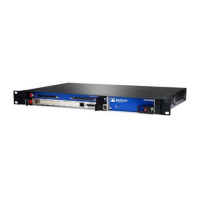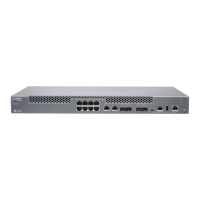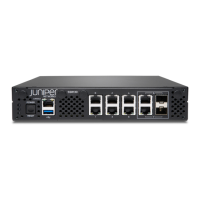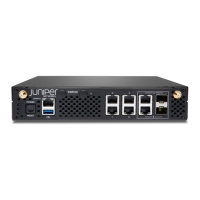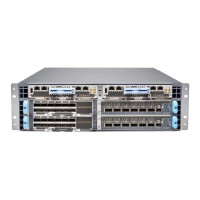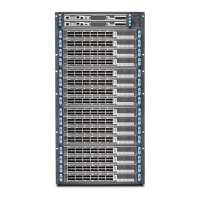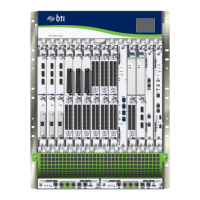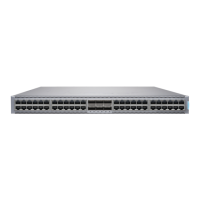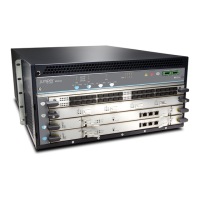CTP2000 4WE&M Interface Module
The CTP2000 Series 4WE&M interface module has eight 4-wire E&M ports and provides
support for voice applications. It is used with voice compression (VCOMP) bundles in
CTP2000 models and can be used only with a CTP2000 compression module.
Four-wire audio interfaces with E and M signaling interfaces (4WE&M) are commonly
used as trunks between a central office (CO) and a private branch exchange (PBX). E
and M is a type of supervisory line signaling that uses separate leads, called the "E" (ear)
lead and "M" (mouth) lead and are traditionally used in the telecommunications industry.
In 4WE&M signaling, two wires are used to receive and two wires are used to transmit,
incorporating simplex control and differential payload in each channel. Type I, II, and V
signaling is supported.
The 4WE&M interface module consists of a front card and a rear transition module (RTM).
Port interfaces are located on connectors A and B of the RTM. (See Figure 14 on page 14
and Figure 15 on page 14.) The RJ-45 connectors are not used.
Figure 14: CTP2000 4WE&M Module
g015365
Port signaling LEDs
Figure 15: 4WE&M RTM
Not used
RJ-21 25-pair connectors
4WEM RTM
g015366
CAUTION: Power to the RTM is supplied from the interface module. Using
an RTM other than those matched to the interface module may result in
damage to both the interface module and the RTM. For example, never install
a clock module RTM directly behind a 4WE&M interface module.
Voice ports can be used only by voice compression bundles (VCOMP) and cannot be
used for CTP, SAToP, or CESoPSN bundles. There is no software configuration of 4WE&M
ports. Signaling type is configured by means of jumpers (see Figure 17 on page 15 and
Table 3 on page 15). One or more 4WE&M ports can be mapped to a VCOMP bundle.
The bundle configuration specifies the remote destination, the local port or ports
transported by the bundle, voice compression options, as well as other configuration
options.
Copyright © 2017, Juniper Networks, Inc.14
CTP2000 Hardware Documentation

